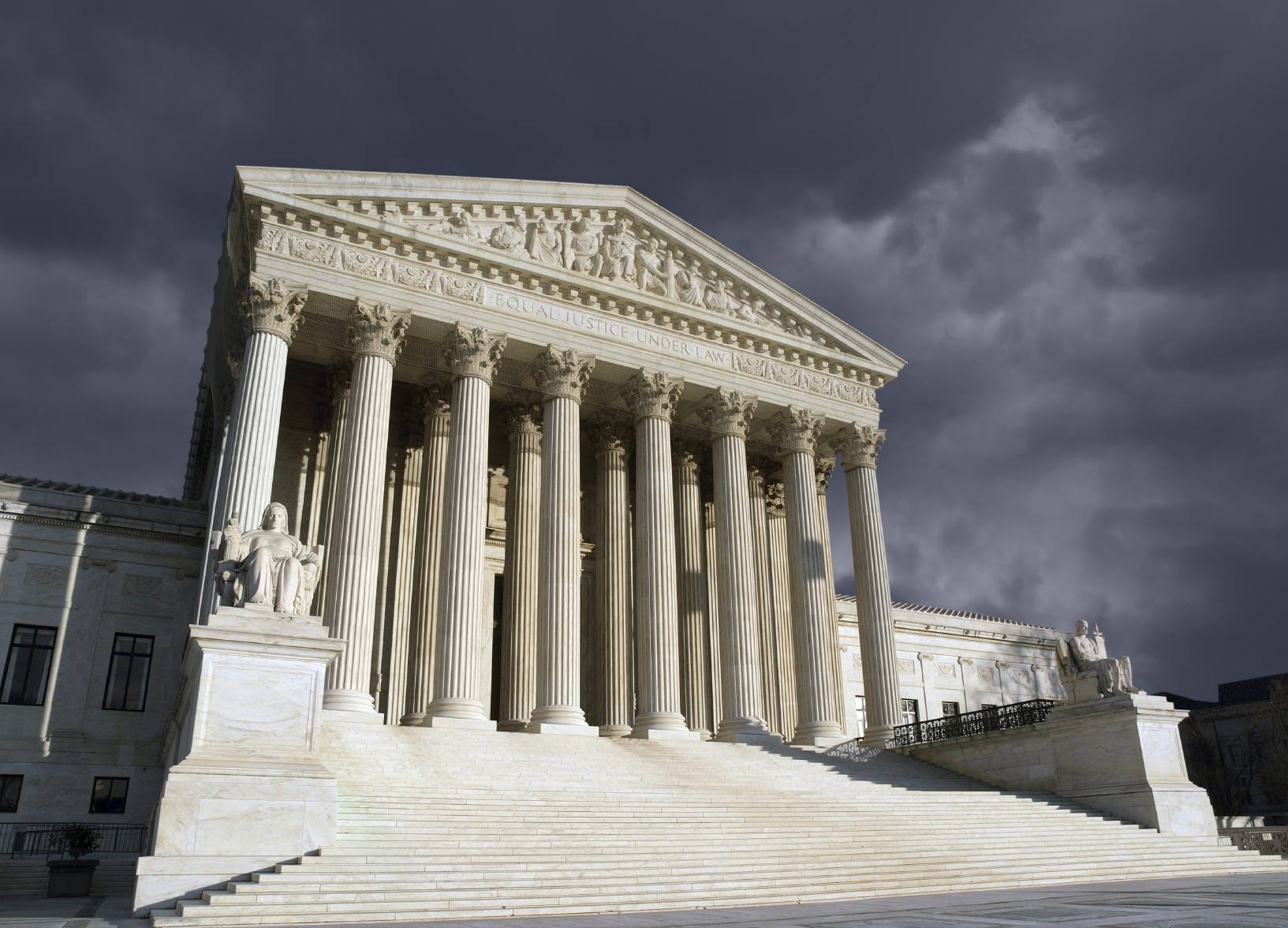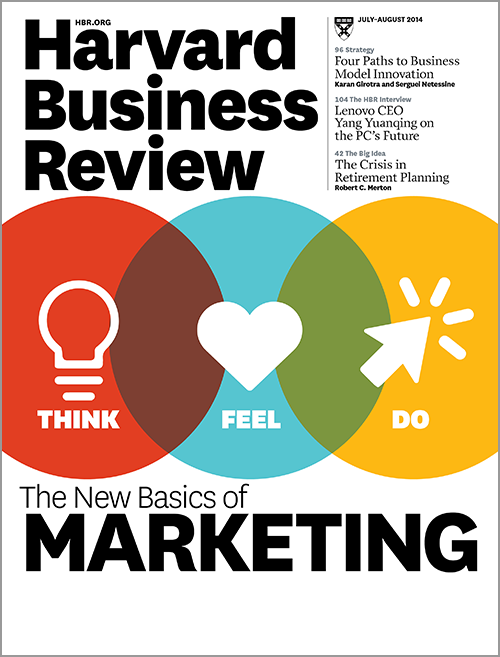New Money Market Fund Rules Require Review by Retirement Plan Sponsors
Post on: 12 Июнь, 2015 No Comment

September 10, 2014
The U.S. Securities and Exchange Commission (SEC) recently amended the rules governing money market funds in an effort to increase the stability and liquidity of these funds in times of economic stress. Money market funds must implement the new rules by October 14, 2016. Sponsors of retirement plans should consider how their use of money market funds should be changed in light of these revised rules.
By satisfying certain requirements on the quality and mix of securities, money market funds previously were able to take advantage of certain valuation methods that generally allowed the funds to maintain a consistent $1 per share value. However, during the 2008 financial crisis, a major money market fund was unable to sustain the $1 per share value (it “broke the buck”). This caused investors to redeem a significant number of money market shares in a short period of time. In response to this event, the U.S. government established an emergency program to maintain the stability of money market funds.
In 2010 the SEC adopted revisions to the money market fund rules intended to increase the stability of these funds. After evaluating the impact of these reforms on money market funds over the last few years, the SEC determined that additional reforms were needed, but gave money market funds more than two years to implement the changes.
New Money Market Fund Rules
Under the new rules, money market funds are classified as government funds, retail funds or institutional funds: government funds are funds that hold at least 99.5 percent of assets in cash and U.S. Department of the Treasury securities; retail funds are funds under which beneficial ownership is limited to natural persons; and institutional funds include all other money market funds. The rules explicitly state that money market funds in participant-directed defined contribution plans are classified as retail funds, while money market funds held by defined benefit pension plans are classified as institutional funds.
For retirement plan investors, the two most significant reforms are (1) the requirement that institutional funds use a “floating” net asset value (NAV) and (2) the optional imposition by institutional and retail funds of liquidity fees and redemption restrictions (referred to as “fees and gates”) in the event of low levels of fund liquidity. Government funds will operate in essentially the same fashion as in the past.
Floating NAV
Institutional funds will be required to use a floating NAV rather than a stable NAV of $1 per share. This requires that the fund’s share price be calculated at market value and rounded to a more precise value ($1.0000 rather than $1), which will cause a fund’s share price to fluctuate daily. This change is designed to prevent institutional investors from being able to take advantage of any discrepancy between the guaranteed price and the actual value of a money market fund’s share and, by extension, to discourage share redemption based on price imbalances rather than investor objectives.
The floating NAV requirement will affect retirement funds in two main respects. First, the value of money market funds held by defined benefit plans will vary more than has historically been the case, and defined benefit plan fiduciaries will need to consider whether these funds will continue to provide adequate stability for the plans’ cash. Second, existing money market funds that have both institutional and retail investors, and that want to maintain a stable share price for retail investors, will have to reorganize into two funds—one with a stable NAV for retail investors and one with a floating NAV for institutional investors. Because fund management expenses typically decrease as the size of the fund increases, the resulting separate funds could have higher fees than under the combined fund. Defined benefit plan fiduciaries will want to carefully monitor changes in money market fund expenses.
Fees and Gates
The board of directors of any type of money market fund will be permitted to impose liquidity fees and redemption gates in the event that fund liquidity drops below certain designated thresholds. Under the new rules, if a money market fund’s level of liquid assets falls below 30 percent of its total assets, the fund’s directors are permitted to impose a liquidity fee of up to 2 percent on all redemptions. In the event the fund’s level of liquid assets falls below 10 percent of its total assets, the fund’s directors are required to impose a liquidity fee of 1 percent on all redemptions unless the directors determine that such a fee is not in the best interest of the fund or that a different fee (of up to 2 percent) should be imposed. In addition, if a fund’s level of liquid assets falls below 30 percent, the fund’s directors may temporarily suspend redemptions. Such a gate may be in place only for 10 business days, after which it must be lifted. In addition, a fund is prohibited from imposing a gate for more than 10 business days in any 90-day period.

Defined benefit plans will need to consider whether the possibility of a fee or gate could reduce the liquidity to such an extent that the plan would not be able to make required pension payments in a timely manner. Defined contribution plans face a number of challenges with respect to fees and gates, particularly when a high degree of liquidity is required for certain purposes:
- Defined contribution plans that use a money market fund as the plan’s qualified default investment alternative (QDIA) could inadvertently violate the QDIA rules in the event a fee or gate is imposed in the first 90 days of investment. The SEC has suggested that this may be managed by the plan sponsor paying the fee on behalf of the participant or loaning the plan money to avoid the imposition of a fee or gate. However, these approaches raise a number of issues for tax-qualified plans. Defined contribution plan fiduciaries may want to consider designating a different type of investment as the plan’s QDIA.
- Fiduciaries of plans that automatically roll over certain accounts into money market funds may want to reconsider the use of a money market fund for this purpose. In the event of such a rollover, the individual retirement account owner must be able to transfer funds to another investment within a reasonable period of time after a request and without any penalty to the principal amount of investment. Because a gate would be limited to 10 business days, the “reasonable period of time” requirement would be satisfied, according to the SEC after consultation with the U.S. Department of Labor (DOL). However, the DOL indicated to the SEC that additional steps would be required to protect the principal rolled over if a liquidity fee was imposed. The SEC again suggested that the plan sponsor could assume payment of this fee, which, as noted above, may not be a feasible solution.
- Simply providing a money market fund as an investment option under a defined contribution plan could become problematic if a participant has assets in the fund from which a minimum distribution or mandatory distribution or refund must be processed in a timely manner. The SEC has suggested some solutions to these challenges that may not be acceptable to all plan fiduciaries. For example, with respect to minimum required distributions that cannot be made in a timely manner due to a gate, the SEC suggested that individuals may request a waiver of excise taxes, and plans may obtain relief through the Internal Revenue Service’s Employee Plans Compliance Resolution System.
- Defined contribution plan administrators will need to consider how to address liquidity fees and gates in participant communications. It is not currently clear how the potential imposition of the fee should be addressed, if at all, in the participant fee disclosure required for defined contribution plans. In addition, defined contribution plan administrators that use money market funds will need to be prepared to communicate, likely on short notice, the imposition of a liquidity fee or redemption gate that will temporarily suspend redemptions (for example, through a blackout notice advising participants of restrictions on sales or redemptions).
In light of the foregoing, retirement plan fiduciaries may want to evaluate whether alternative investments better meet their participants’ needs for stability and liquidity. For example, a plan might consider using a government money market fund that has not adopted the fees and gates rules, a stable value fund or an account insured by the Federal Deposit Insurance Corporation.
Other Changes
The new money market fund rules imposed additional disclosure and reporting obligations as well as diversification and stress test requirements on money market funds in an effort to increase the transparency and stability of these funds. While these obligations should not directly affect retirement plans, they will increase the costs of administering money market funds, and these costs could be passed through to retirement plan investors.
Next Steps for Retirement Plan Fiduciaries
Retirement plan fiduciaries have a fiduciary obligation to consider whether to continue utilizing money market funds in light of the likely increases in expenses, potential limitations on liquidity and administrative challenges under the new money market rules. In addition, a defined contribution plan fiduciary who decides to retain a money market fund as a plan investment will need to take steps to prepare for participant communications on changes in fees and the imposition of restrictions on redemptions.














